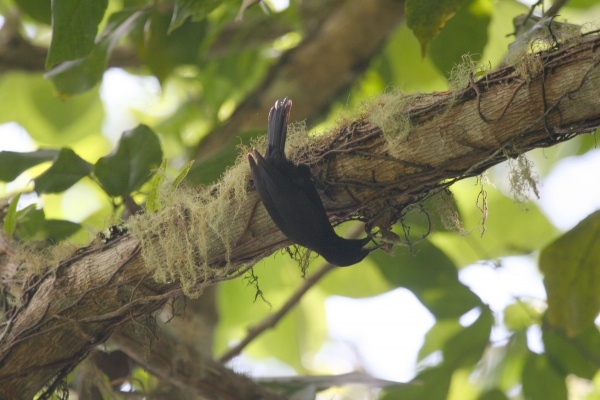Facts About Jamaican blackbird
The Jamaican blackbird, a unique bird within the New World blackbird and oriole family, Icteridae, stands out as the sole member of the genus Nesopsar. Although it was previously classified under the genus Agelaius, genetic studies have shown it to be quite distinct from other blackbirds and grackles.
This small, black bird with a short tail is endemic to Jamaica. It prefers specific regions such as Cockpit Country and the Blue and John Crow Mountains. In these locations, it thrives in wet montane forests, where it forages for insects and other small prey on tree trunks and branches.
The Jamaican blackbird has evolved to perfectly fit its arboreal lifestyle. It possesses longer claws and a specialized bill, ideal for probing and feeding.
Unfortunately, habitat loss poses a significant threat to this unique species. Human activities like bauxite mining, charcoal production, and agriculture are reducing its natural habitat. Consequently, the species is classified as Endangered by the IUCN.
However, all hope is not lost. The Jamaican blackbird is protected in some of the island's national parks, and conservation efforts are underway to protect its habitat and mitigate further damage.
